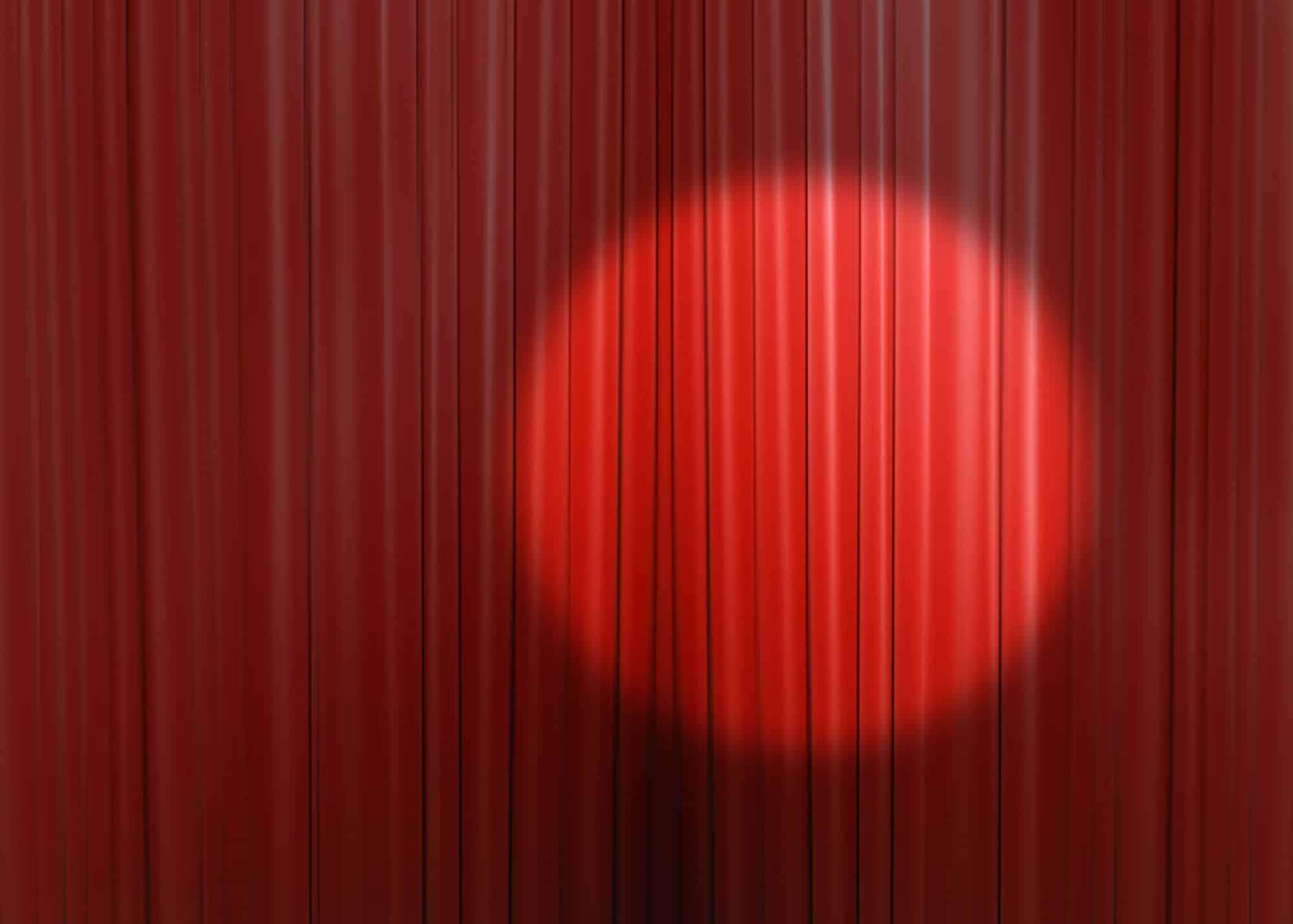 Beth Connolly, a young professional living in New York City, discovered she had hearing loss as a teenager. In this weekly column, Beth will chronicle her experience with hearing loss and hearing aids.
In March 2008, I felt cut off from the world. It was spring semester of my sophomore year of college, and I could no longer hear my friends over the din of the dining halls. I struggled to hear the students who spoke from behind me in class. I had experienced problems with my hearing for years, but I knew it was time to take action.
The first step was booking an appointment at the campus health center. The nurse who saw me asked if I knew how to clean my ears. I said yes. “A lot of the athletes come in here with hearing problems, and it turns out they haven’t cleaned their ears in years,” she explained. When she confirmed that my ears were in fact clean, she recommended me to the campus doctor.
The doctor explained that the likely reason I had trouble hearing people behind me in class was that I couldn’t see their faces. The way that the brain processes language, he said, was a combination of visual and auditory signals: we marry the sounds we hear with the mouth we see shaping the words. In a way, we are all subconscious lip-readers. For the same reason, it is often difficult for a beginning language student to understand an American movie when it’s dubbed in the language she is studying, because the lips don’t match the words. To this day, I utilize the doctor’s advice. Whenever I’m in a situation that compromises my hearing, I stare at peoples’ mouths.
He recommended a local audiologist, where I booked an appointment. The audiologist was a short, bald man with a frigid bedside manner. He took me into his office, where I was transfixed by a poster that portrayed tiny construction workers inside a giant ear, attacking it with a hammer, anvil, and stirrup. It looked painful.
Ironically, doctors’ appointments have always been one of the places where my hearing is the most strained and my hearing loss most evident. You sit in an examination chair in the center of the room while the doctor moves around you, looks at a computer, gathers his tools, and often speaks with his back to you. He may be in a rush to get to his next patient, so he speaks hurriedly, packing as much information into his sentences as he can, and probably using specific medical language that you wouldn’t even be able to understand if you could hear him. You would think a hearing doctor would be more sensitive to the fact that his patients might have trouble understanding him—but not this one.
The first part of the examination was brutal. The audiologist stuck instruments in my ear to the point of pain. It’s not an experience I’ve ever had at subsequent visits to different audiologists. Every other ear exam I’ve had has been pain-free. But as a scared 19-year-old, I had no idea what to expect, which made it even worse.
Next, the doctor set me up with headphones for a hearing test inside a tiny padded room. He went into a small adjacent room, with a window connecting the two. About halfway through the test, a secretary announced that he had a phone call, which he took in the hallway. I sat in the tiny room waiting for him uncomfortably for 20 minutes, before he returned.
Finally, we got to the results of the examination. My suspicions were confirmed: I had moderate hearing loss. As the doctor went over the charts and line graphs that indicated my condition, I felt relief knowing that I had been right, but also intense fear and sadness of having lost something that others took for granted.
For me, wearing a hearing aid was unthinkable…but going on unable to hear was impossible.
Beth Connolly, a young professional living in New York City, discovered she had hearing loss as a teenager. In this weekly column, Beth will chronicle her experience with hearing loss and hearing aids.
In March 2008, I felt cut off from the world. It was spring semester of my sophomore year of college, and I could no longer hear my friends over the din of the dining halls. I struggled to hear the students who spoke from behind me in class. I had experienced problems with my hearing for years, but I knew it was time to take action.
The first step was booking an appointment at the campus health center. The nurse who saw me asked if I knew how to clean my ears. I said yes. “A lot of the athletes come in here with hearing problems, and it turns out they haven’t cleaned their ears in years,” she explained. When she confirmed that my ears were in fact clean, she recommended me to the campus doctor.
The doctor explained that the likely reason I had trouble hearing people behind me in class was that I couldn’t see their faces. The way that the brain processes language, he said, was a combination of visual and auditory signals: we marry the sounds we hear with the mouth we see shaping the words. In a way, we are all subconscious lip-readers. For the same reason, it is often difficult for a beginning language student to understand an American movie when it’s dubbed in the language she is studying, because the lips don’t match the words. To this day, I utilize the doctor’s advice. Whenever I’m in a situation that compromises my hearing, I stare at peoples’ mouths.
He recommended a local audiologist, where I booked an appointment. The audiologist was a short, bald man with a frigid bedside manner. He took me into his office, where I was transfixed by a poster that portrayed tiny construction workers inside a giant ear, attacking it with a hammer, anvil, and stirrup. It looked painful.
Ironically, doctors’ appointments have always been one of the places where my hearing is the most strained and my hearing loss most evident. You sit in an examination chair in the center of the room while the doctor moves around you, looks at a computer, gathers his tools, and often speaks with his back to you. He may be in a rush to get to his next patient, so he speaks hurriedly, packing as much information into his sentences as he can, and probably using specific medical language that you wouldn’t even be able to understand if you could hear him. You would think a hearing doctor would be more sensitive to the fact that his patients might have trouble understanding him—but not this one.
The first part of the examination was brutal. The audiologist stuck instruments in my ear to the point of pain. It’s not an experience I’ve ever had at subsequent visits to different audiologists. Every other ear exam I’ve had has been pain-free. But as a scared 19-year-old, I had no idea what to expect, which made it even worse.
Next, the doctor set me up with headphones for a hearing test inside a tiny padded room. He went into a small adjacent room, with a window connecting the two. About halfway through the test, a secretary announced that he had a phone call, which he took in the hallway. I sat in the tiny room waiting for him uncomfortably for 20 minutes, before he returned.
Finally, we got to the results of the examination. My suspicions were confirmed: I had moderate hearing loss. As the doctor went over the charts and line graphs that indicated my condition, I felt relief knowing that I had been right, but also intense fear and sadness of having lost something that others took for granted.
For me, wearing a hearing aid was unthinkable…but going on unable to hear was impossible.
Get $200 off a pair of Omni 2 hearing aids with code EARTHDAY200
 Beth Connolly, a young professional living in New York City, discovered she had hearing loss as a teenager. In this weekly column, Beth will chronicle her experience with hearing loss and hearing aids.
In March 2008, I felt cut off from the world. It was spring semester of my sophomore year of college, and I could no longer hear my friends over the din of the dining halls. I struggled to hear the students who spoke from behind me in class. I had experienced problems with my hearing for years, but I knew it was time to take action.
The first step was booking an appointment at the campus health center. The nurse who saw me asked if I knew how to clean my ears. I said yes. “A lot of the athletes come in here with hearing problems, and it turns out they haven’t cleaned their ears in years,” she explained. When she confirmed that my ears were in fact clean, she recommended me to the campus doctor.
The doctor explained that the likely reason I had trouble hearing people behind me in class was that I couldn’t see their faces. The way that the brain processes language, he said, was a combination of visual and auditory signals: we marry the sounds we hear with the mouth we see shaping the words. In a way, we are all subconscious lip-readers. For the same reason, it is often difficult for a beginning language student to understand an American movie when it’s dubbed in the language she is studying, because the lips don’t match the words. To this day, I utilize the doctor’s advice. Whenever I’m in a situation that compromises my hearing, I stare at peoples’ mouths.
He recommended a local audiologist, where I booked an appointment. The audiologist was a short, bald man with a frigid bedside manner. He took me into his office, where I was transfixed by a poster that portrayed tiny construction workers inside a giant ear, attacking it with a hammer, anvil, and stirrup. It looked painful.
Ironically, doctors’ appointments have always been one of the places where my hearing is the most strained and my hearing loss most evident. You sit in an examination chair in the center of the room while the doctor moves around you, looks at a computer, gathers his tools, and often speaks with his back to you. He may be in a rush to get to his next patient, so he speaks hurriedly, packing as much information into his sentences as he can, and probably using specific medical language that you wouldn’t even be able to understand if you could hear him. You would think a hearing doctor would be more sensitive to the fact that his patients might have trouble understanding him—but not this one.
The first part of the examination was brutal. The audiologist stuck instruments in my ear to the point of pain. It’s not an experience I’ve ever had at subsequent visits to different audiologists. Every other ear exam I’ve had has been pain-free. But as a scared 19-year-old, I had no idea what to expect, which made it even worse.
Next, the doctor set me up with headphones for a hearing test inside a tiny padded room. He went into a small adjacent room, with a window connecting the two. About halfway through the test, a secretary announced that he had a phone call, which he took in the hallway. I sat in the tiny room waiting for him uncomfortably for 20 minutes, before he returned.
Finally, we got to the results of the examination. My suspicions were confirmed: I had moderate hearing loss. As the doctor went over the charts and line graphs that indicated my condition, I felt relief knowing that I had been right, but also intense fear and sadness of having lost something that others took for granted.
For me, wearing a hearing aid was unthinkable…but going on unable to hear was impossible.
Beth Connolly, a young professional living in New York City, discovered she had hearing loss as a teenager. In this weekly column, Beth will chronicle her experience with hearing loss and hearing aids.
In March 2008, I felt cut off from the world. It was spring semester of my sophomore year of college, and I could no longer hear my friends over the din of the dining halls. I struggled to hear the students who spoke from behind me in class. I had experienced problems with my hearing for years, but I knew it was time to take action.
The first step was booking an appointment at the campus health center. The nurse who saw me asked if I knew how to clean my ears. I said yes. “A lot of the athletes come in here with hearing problems, and it turns out they haven’t cleaned their ears in years,” she explained. When she confirmed that my ears were in fact clean, she recommended me to the campus doctor.
The doctor explained that the likely reason I had trouble hearing people behind me in class was that I couldn’t see their faces. The way that the brain processes language, he said, was a combination of visual and auditory signals: we marry the sounds we hear with the mouth we see shaping the words. In a way, we are all subconscious lip-readers. For the same reason, it is often difficult for a beginning language student to understand an American movie when it’s dubbed in the language she is studying, because the lips don’t match the words. To this day, I utilize the doctor’s advice. Whenever I’m in a situation that compromises my hearing, I stare at peoples’ mouths.
He recommended a local audiologist, where I booked an appointment. The audiologist was a short, bald man with a frigid bedside manner. He took me into his office, where I was transfixed by a poster that portrayed tiny construction workers inside a giant ear, attacking it with a hammer, anvil, and stirrup. It looked painful.
Ironically, doctors’ appointments have always been one of the places where my hearing is the most strained and my hearing loss most evident. You sit in an examination chair in the center of the room while the doctor moves around you, looks at a computer, gathers his tools, and often speaks with his back to you. He may be in a rush to get to his next patient, so he speaks hurriedly, packing as much information into his sentences as he can, and probably using specific medical language that you wouldn’t even be able to understand if you could hear him. You would think a hearing doctor would be more sensitive to the fact that his patients might have trouble understanding him—but not this one.
The first part of the examination was brutal. The audiologist stuck instruments in my ear to the point of pain. It’s not an experience I’ve ever had at subsequent visits to different audiologists. Every other ear exam I’ve had has been pain-free. But as a scared 19-year-old, I had no idea what to expect, which made it even worse.
Next, the doctor set me up with headphones for a hearing test inside a tiny padded room. He went into a small adjacent room, with a window connecting the two. About halfway through the test, a secretary announced that he had a phone call, which he took in the hallway. I sat in the tiny room waiting for him uncomfortably for 20 minutes, before he returned.
Finally, we got to the results of the examination. My suspicions were confirmed: I had moderate hearing loss. As the doctor went over the charts and line graphs that indicated my condition, I felt relief knowing that I had been right, but also intense fear and sadness of having lost something that others took for granted.
For me, wearing a hearing aid was unthinkable…but going on unable to hear was impossible.




